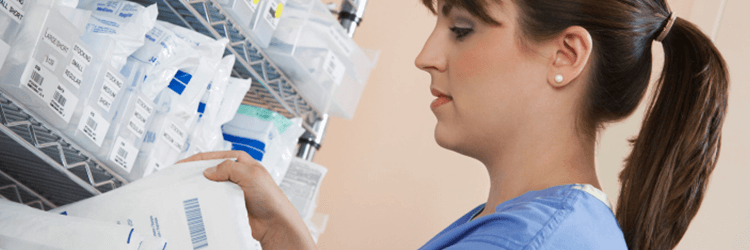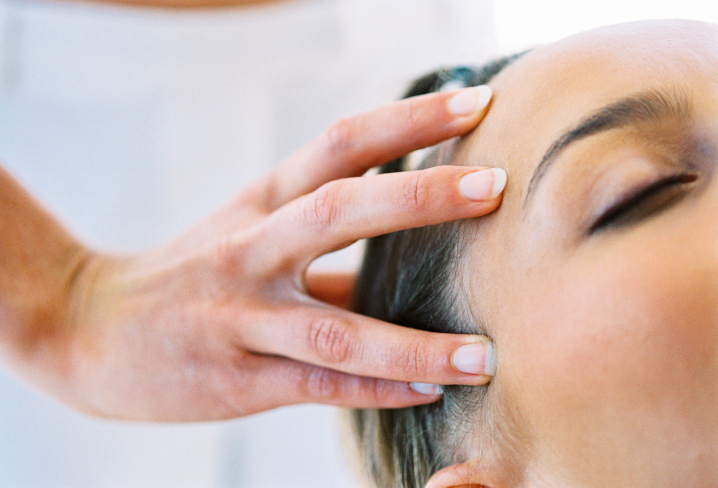Beautiful and lustrous tufts of hair add charm and charisma to any individual’s personality. While most of us face hair problems on a daily basis, hair loss is a major and worrisome problem for many.
Prevalence of the problem
Male and female pattern baldness, also known as androgenic alopecia, affects 50 percent of men by the time they turn 50 and almost 50 percent of women. It is one of the most common causes of hair loss in both the sexes, with genetic and environmental factors serving as risk factors.
Androgenic alopecia usually begins in the mid-twenties though it may vary from person to person. With age, the prevalence and severity of the condition increase. Though not a health threat, hair loss is a distressing condition, impacting the confidence, personality, and body image of the affected individual adversely.
Is there any treatment?
Treatment of hair loss continues to pose a challenge to both health practitioners and researchers. From time to time much new age ‘ medical marvels,’ claiming to provide a permanent cure for badness, keep flooding the market, only to prove ineffective and disappoint users.
Minoxidil- The Wonder Drug
In recent times Minoxidil has emerged as an effective treatment for hair loss. Used as an anti-hypertensive drug in the 1970s, topical application of Minoxidil was found to be useful in treating hair loss and promoting hair growth. Now, Minoxidil is a Food and Drug Administration (FDA) approved treatment for hair loss.
Unwanted hair growth on oral consumption of Minoxidil by blood pressure patients led to the discovery of its property of stimulating hair growth. Five percent topical Minoxidil has been found to be the ideal concentration to stimulate hair growth in males suffering from baldness, especially in the crown area. In the case of females, topical Minoxidil two percent applied directly to the scalp is the only medication approved by the United States Federal Drug Administration (FDA) for the treatment of female pattern baldness.
Research evidence
Numerous studies state that when applied to thinning hair areas in the scalp, Minoxidil solution leads to reversal of baldness. When the efficiency of topical five percent Minoxidil with topical two percent Minoxidil and placebo was compared among men subjects, 45 percent more hair growth was seen in the five percent group compared to the two percent group. Also, it has been found that the more recent the hair loss, the more success patients will have with the medicine.
How does Minoxidil work?
All of us are born with terminal hair follicles on the scalp nearing 100,000 in number, which is programmed to grow thick and long hair. Minoxidil leads to hair growth by stimulating human hair follicles. It has also been proposed that treatment with Minoxidil leads to more active hair follicles with an increase in the size of follicles.
How to use Minoxidil?
Depending on your symptoms and diagnosis, your dermatologist may prescribe Minoxidil. Make sure you follow your dermatologist’s instructions. Experts generally recommend keeping the following things in mind while using Minoxidil:
- 1. Wash hair with mild shampoo before applying Minoxidil.
- 2. Hair and scalp should be dry before using the medication.
- 3. It is best to avoid shampooing for at least 4 hours after the application of Minoxidil.
- 4. Use Minoxidil for at least six months to recycle the inactive hair follicles back to active phase.
- 5. If there is no improvement after 4 months of use, consult your doctor.
Furthermore, apart from medication, it is equally important to reduce stress on your hair by avoiding too many chemical and heat treatments and providing good nourishment to it with a healthy diet.
















